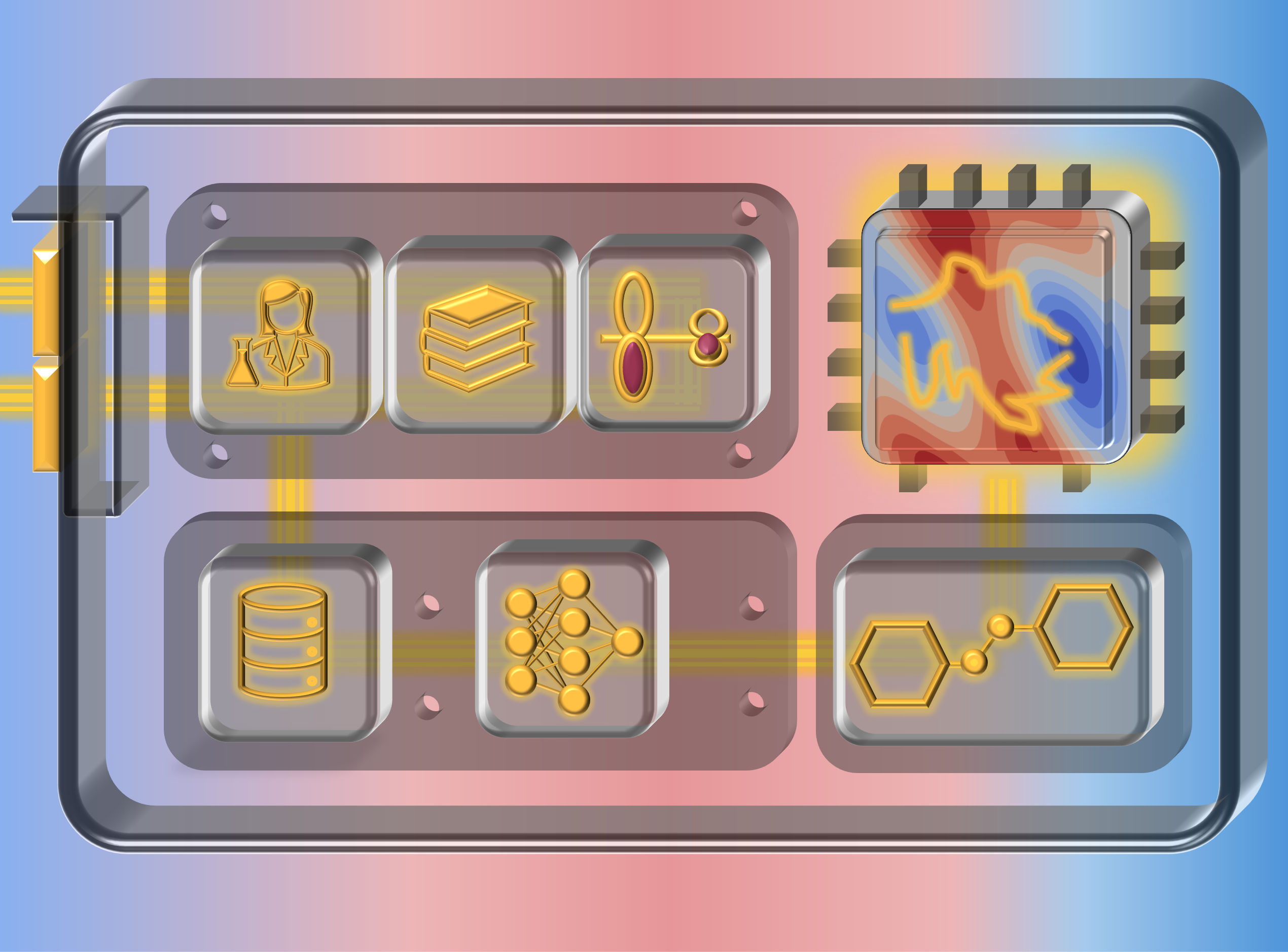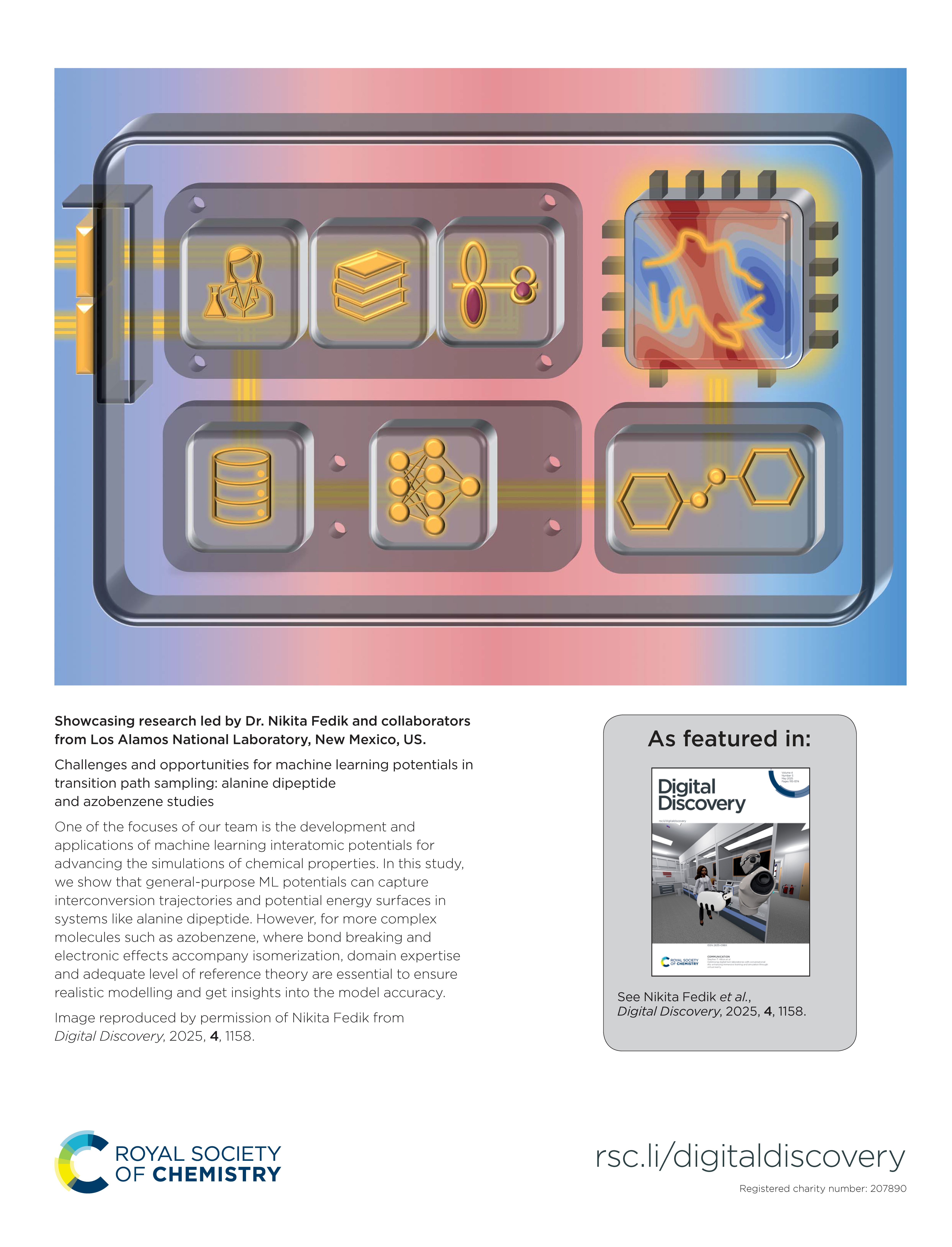📢 New work on Transition Path Sampling and ML
After months of hard work, and organizing MLCM-25, which is why I’m posting about this month later after release, we’ve answered (or at least raised!) some critical questions in ML-driven chemistry that I believe every computational scientist should consider:
📄 Full Open Access article
💻 Scripts | Models | Github
🔬 Benchmarking ML interatomic potentials
Random data splits or even snapshots from an MD trajectory may not actually reflect a model’s true accuracy. We tested two neural networks on identical training data with nearly identical RMSE scores, yet one discovered an entire conformational basin the other completely missed.
🧠 The irreplaceable role of domain expertise
Despite AI advances, chemistry and materials knowledge remains absolutely essential for meaningful ML research and selecting test cases. Our azobenzene studies showed that closed-shell DFT training data simply cannot capture bond-breaking mechanisms, forcing models to predict thermodynamically unfavorable higher-energy pathways instead. You need a domain expert to design meaningful test cases across the vast landscape of chemical properties and reaction intricacies. This is something I would be extremely wary of outsourcing to even the most capable AI agents.
⚗️ Model variability revelation
Same training data, different (but similarly accurate) ML models = drastically different molecular trajectories. Despite a pronounced correlation in energy and atomic forces predictions, our models generated completely different transition pathways. This has major implications for reproducibility and for ML-driven dynamics in general.
And as a bonus, we were featured on the cover—such a great way to wrap up this project.
Title: “Challenges and opportunities for machine learning potentials in transition path sampling: alanine dipeptide and azobenzene studies”
Cover author: Nikita Fedik. Full cover composed by RSC.
Source: Digital Discovery, 159
License: CC BY-NC

